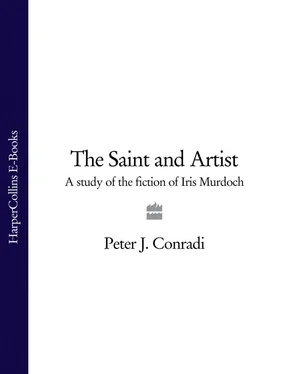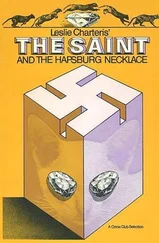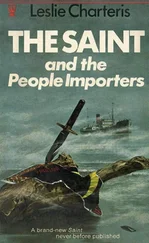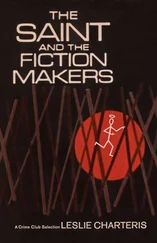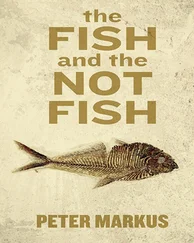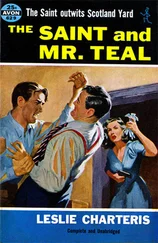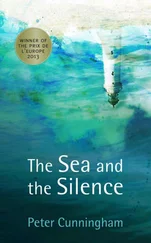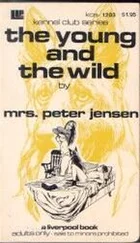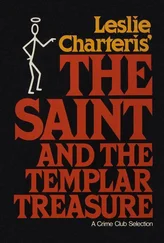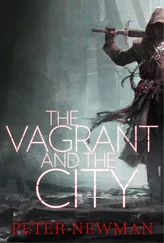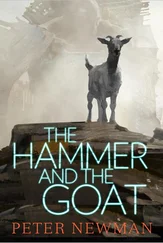The novel is seen in this essay as taking on an ambiguous role in purveying moral symbolism. ‘The mystical novelist may or may not be a good man or a good novelist, but what he is attempting to do, perhaps unsuccessfully, is to invent new religious imagery (or twist old religious imagery) in an empty situation.’ He will run the danger that he may merely ‘reintroduce the old fatherly figure of God behind a facade of fantastical imagery or sentimental adventures in cosy masochism…It is easy to say there is no God. It is not so easy to believe it and to draw the consequences.’
‘Existentialists and Mystics’ is an important essay, which necessitates some re-reading of Murdoch’s work from the beginning, for Under the Net already has two heroes, not one – a voluntarist and a mystic, or alternatively a would-be artist and a would-be saint, one living by the will and by a hunger for aesthetic form, the other living by a constant sacrifice of the will. The essay also suggests that moral terms are a species of universal, that ‘we recognize good or decent people in times and literatures remote from our own…Patroclus’ invariable kindness. Cordelia’s truthfulness. Alyosha telling his father not to be afraid of hell.’ This, too, invites us to ask new questions about Murdoch’s own fiction, and about what kind of man it is in it that we are being asked to admire.
Murdoch argued for the centrality of the old naturalistic idea of character for the business of writing novels, and also wrote about the ways in which too great an attention to the form of the book can damage the illusion that the characters are free. In ‘Against Dryness’ and ‘The Sublime and the Beautiful Revisited’ she argued that the task for the novelist was to recreate ‘realism’, which often meant avoiding the bad habits – overt design, patterning, symbol and myth – which damage it. Her fiction, however, appeared to be written by the kind of novelist she least approved of, since it was much preoccupied with pattern, utilised fantasy and myth, and had generally the character implied by the term already used – ‘romance’. This gave criticism its main opportunity. She had written of the novel as if it were a vehicle of human differentiation and belonged to a vast campaign for the preservation of human plurality, and of the novelist as a tender detective of human souls, but herself seemed to write the novel of human resemblances and exciting symbolic conflations. The more open novels were used in England to punish the more closed and Gothic ones, and critics scrutinised the books for delinquent symmetries and wicked coincidences. Alternatively the critic, mindful that Murdoch had urged a distinction between fantasy and imagination, searched the work for ‘fantasy-apprehensions’ like a metaphysical park attendant, as if what was left once these were speared were some pure undiluted essence of the real. We have been given the choice between unmasking the works and denouncing their personnel.
I think criticism has been too absolutist and pious about the early theory. A writer theorises in a particular spirit. She may be trying out a variety of different positions in the effort to understand the shape and nature of her gift, rather than announcing a single unchanging campaign manifesto. The kinship between work and theory is likely to be complex in any writer worth reading. We no longer praise either Wordsworth or Ben Jonson for what, in the Preface to Lyrical Ballads or in Timber, they thought they had put into their work. A relaxed account of Murdoch’s work which does not quarantine off certain works because they are generically diverse is needed. The writer has the right to as much ‘organis’d innocence’ as will enable her work; the critic is not obliged to follow.
I am not suggesting that those early and influential essays should be disregarded. There are arguments within them that now belong to the epoch in which they were written, and which have less relevance, and others which still stand. There is a degree of openness in them which deserves underlining. I hope for the remainder of this chapter to suggest how they can help illuminate her career.
Murdoch’s theory has been too often cited as though it involved an opposition between two discrete terms, rather than a mediation between extremes. In ‘Against Dryness’ and ‘The Sublime and the Beautiful Revisited’ she does not argue for a choice between ‘realism’ on the one hand, and ‘myth’ on the other, but for a dialectic or mediation between them. She is proposing a middle way. She describes how the realism of the great nineteenth-century novelists has split into two antagonistic and equally incomplete tendencies. On the one hand the ‘conventional’ social realism of ‘journalistic’ novelists produced a world of dead, predictable public facts divorced from psychological inwardness. On the other hand the ‘neurotic’ psychological realism of ‘crystalline’ novelists produced a wholly spiritualised, private world of unified values divorced from facts. The split – in which she declared herself uninterested much more quickly than the critics (Bradbury, 1976) – seemed to owe something to Socrates’ advice in the Philebus that it is bad if we arrive at the One or at the Many too quickly. It notably fits the literary politics of the 1920s – Woolf’s differences from Arnold Bennett, say – and the division of novelists in that period into Moderns and Contemporaries. The writer Murdoch cites as an example of how to marry these two sets of warring virtue – naturalism and symbolism – is Shakespeare. ‘Perhaps only Shakespeare managed to create at the highest level both images and people; and even Hamlet looks second rate compared with Lear ’ (ad). In ‘The Sublime and the Beautiful Revisited’ she argued that the greatness of Dostoevsky, Melville, Emily Brontë and Hawthorne was not of the same order as that of Scott, Jane Austen, George Eliot, and especially Tolstoy. This was scarcely her last word on the matter, however. When I interviewed her in 1983 she no longer recalled this distinction but said that, if obliged to ‘place’ these respective geniuses then, would undoubtedly consider Dostoevsky a greater writer than George Eliot. She also paid tribute to such diverse forebears as Proust, Homer, Wuthering Heights, Dickens and James; and to such very diverse romances as Treasure Island, Peter Pan and The Tempest; and to Shakespeare generally.
A task for critics today would seem to be to understand the indebtedness of her demonic, tormented sinners and saints and of the curious co-existence in her work of malevolence and goodness, to the dark tragi-comedies of Dostoevsky, and to romance; and also to focus her recoil from the rational, optimistic importunacies of George Eliot. Murdoch’s assertion of the primary value of ‘character’ has meant that she has sometimes been placed, much too simply, in one camp. It was always her point that ‘character’ and ‘form’ must be reconcilable. Great literature would provide two satisfactions rather than one. It was never merely that ‘there is a temptation for any novelist…to imagine that the problem of a novel is solved…as soon as a form in the sense of a satisfactory myth has been evolved’ (sbr). The problem was also that myth is inescapable. ‘The mythical is not something “extra”: we live in myth and symbol all the time’ (mmm). The novelist must use myth and magic to help liberate us from myth and magic, an enterprise which, since both writer and client are frail and human, can never be more than minutely successful; and the artist, in her view, had better not give himself too many airs. We are all symbol-makers, mythmakers, story-tellers, she repeatedly asserted. Art is, as it were, the ordinary human condition, and not (or not merely) the peculiar task and property of a vain crew of specialists.
Читать дальше
